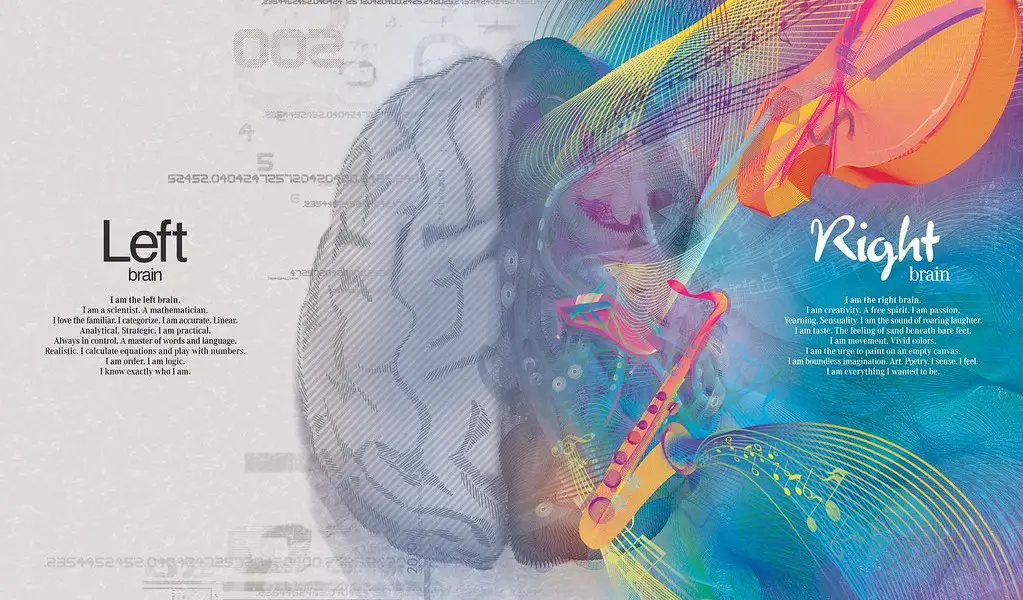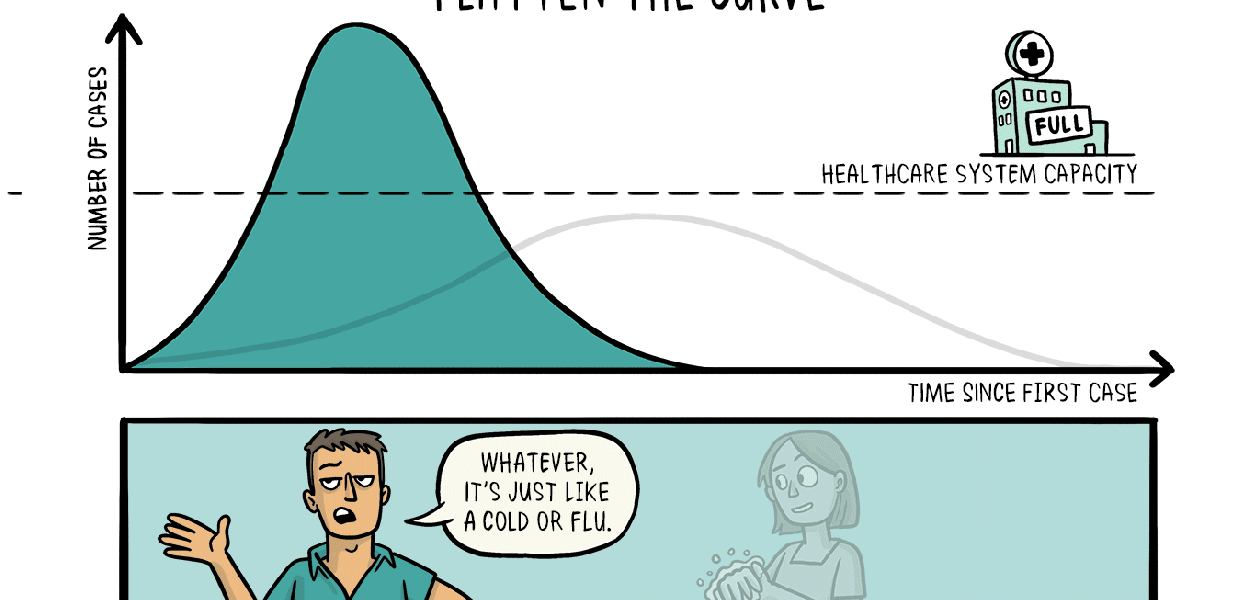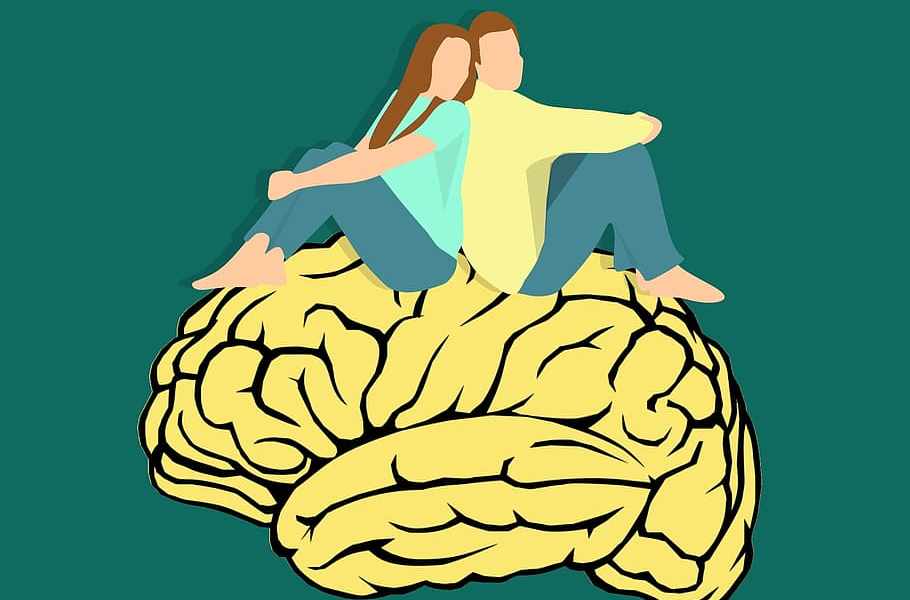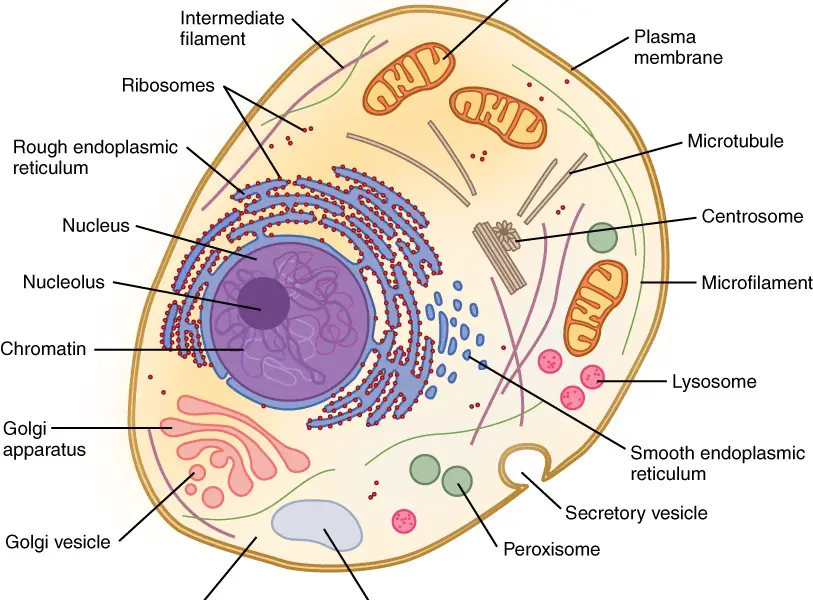Biology 101: Circulatory, Respiratory, and Lymphatic Systems Study Guide and Review
In this quick and easy biology final exam study guide, we share our notes and review the circulatory, respiratory, and lymphatic systems in the following 3 sections. From the anatomy of the heart and blood flow in the circulatory system to the breaths we take traveling through the lung and lymphatic flow.





























![Heart Block: First Degree vs Second Degree (Type I and Type 2) vs Third Degree - ECG Findings, Symptoms, Diagnosis, Treatment, and Prognosis [MCAT, USMLE, Biology, Medicine]](https://i0.wp.com/moosmosis.org/wp-content/uploads/2023/04/heart_block.png?resize=200%2C200&ssl=1)




![Gastrointestinal System 101: Pathophysiology of Diseases and Cancers, LFTs, Types of Hepatitis, PSC vs PBC, Cholecystitis vs Cholangitis, Crohn's Disease vs Ulcerative Colitis [Biology, MCAT, USMLE, Medicine]](https://i0.wp.com/moosmosis.org/wp-content/uploads/2022/03/image-17.png?resize=200%2C200&ssl=1)